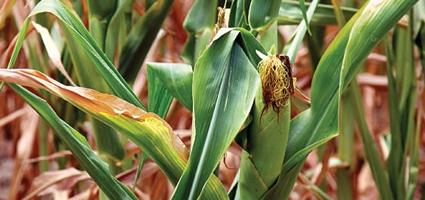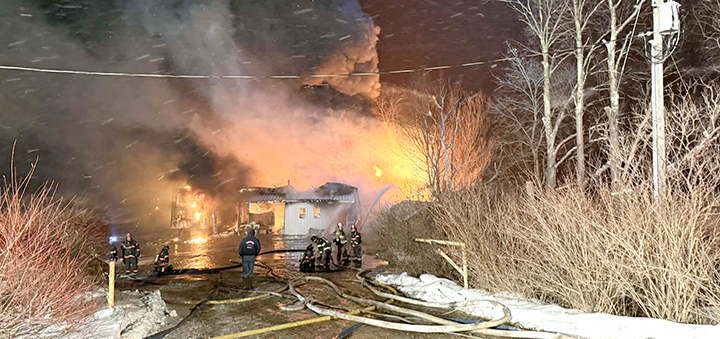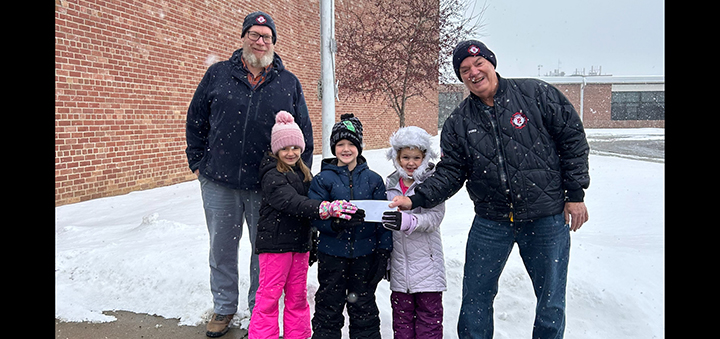Early dry spell leads to current challenges for farmers
NORWICH – Although recent rains have turned the hillsides green again in Chenango County, the rain is too late for many farmers as the summer’s early dry spell has already done its damage, taking a toll on crops and presenting farmers with feed and financial burdens to overcome.
“Recent rains have taken what would have been an enormous disaster and turned it into a serious setback,” according to Cornell Cooperative Extension Director Ken Smith. “Farmers will be able to get some crops, but not as many as expected,” he explained.
Hot and dry weather in June and July really delivered a blow to the agricultural market. Many farmers who depend on pastures have fed their animals winter feeding crops because the lack of rain during a critical time of the growing season led to meager crops, including hay and corn this summer. Additionally, severe drought in the midwest is expected to swell the costs of grains as farmers struggle to produce those, too.
“Some parts of the county have been more impacted than others, but most everybody will be at a severe disadvantage,” Smith said, noting that a shortage of crops will also drive up the cost of feed, and the sale of farming supplies and equipment may decline as feed becomes the number one priority among farmers. In parts of the county, farmers will likely sell cattle to beef markets because the high price of feed, he added.








Comments